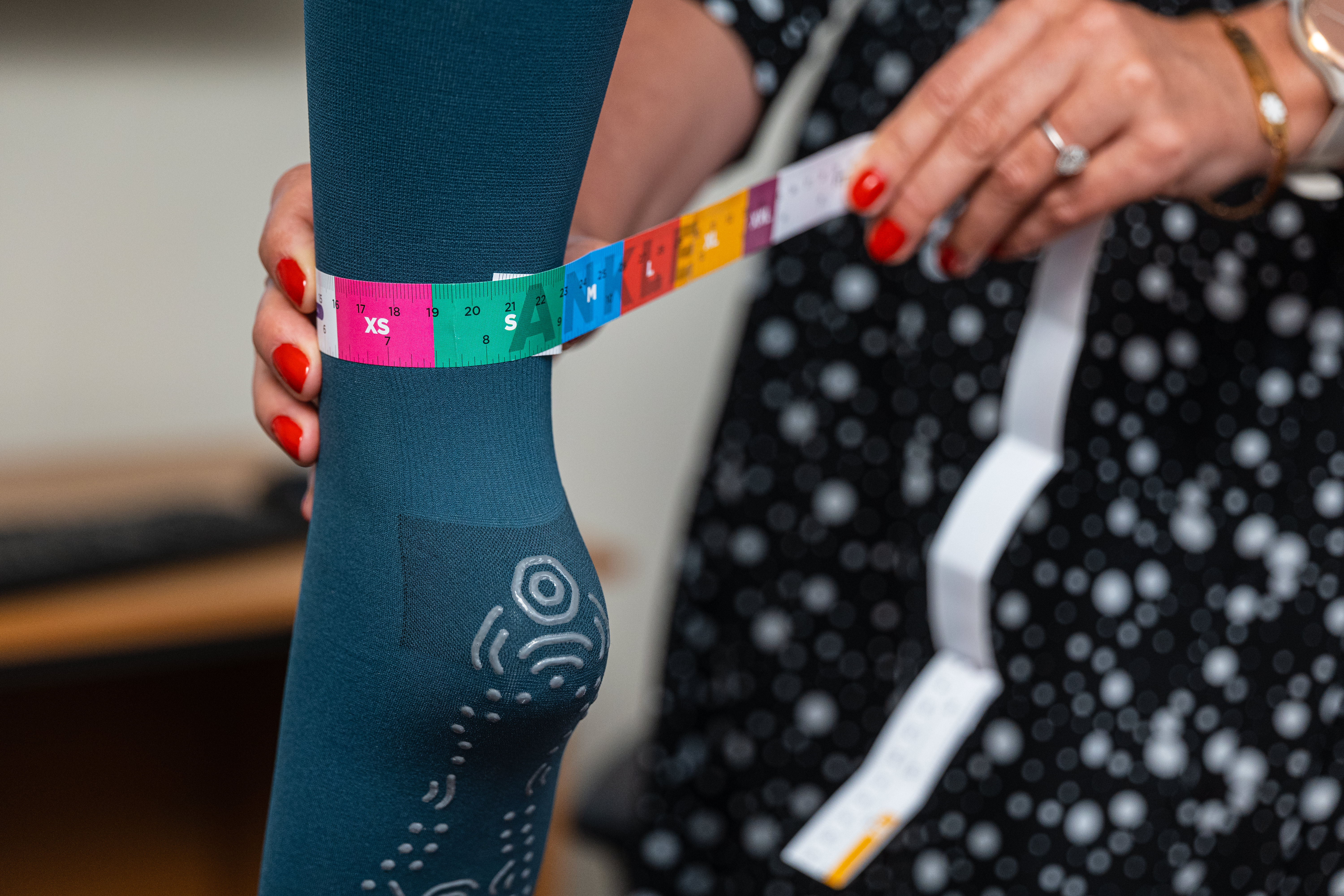Exploring Cryotherapy, Thermotherapy & Compression Therapy in Sports Recovery
.png)
Exploring Cryotherapy, Compression Therapy & Thermotherapy in Sports
As a sportsperson, it's important to take care of your body and help it recover after intense physical activity or injury. Two commonly used techniques for recovery and rehabilitation are cryotherapy and thermotherapy. In this article, we'll take a look at the benefits of both methods and how they can be used in conjunction with compression therapy for optimal results.
Cryotherapy involves exposing the body to extremely cold temperatures for a short period of time. This can be done in a number of ways, such as with ice packs, ice baths, whole-body cryotherapy chambers or targeted cryotherapy systems. Cryotherapy is known to reduce inflammation, muscle soreness, and pain. It can also help improve muscle recovery and power. A study published in the Journal of Athletic Training found that cryotherapy reduced muscle damage and inflammation in rugby players after a match [1]. The study also found that cryotherapy improved muscle strength and power recovery. Another study published in the Journal of Science and Medicine in Sport found that cryotherapy was effective in reducing pain and swelling after knee surgery. The study also found that cryotherapy improved range of motion and functional outcomes [2].
Compression therapy involves wearing compression garments, which are designed to improve circulation and reduce swelling. Compression garments have been shown to improve muscle recovery, reduce muscle soreness, and improve athletic performance. A study published in the Journal of Strength and Conditioning Research found that compression garments improved muscle recovery and reduced muscle soreness after exercise. The study also found that compression garments improved vertical jump performance and decreased fatigue [3].
Thermotherapy involves exposing the body to heat. This can be done in a number of ways, such as with heat packs, hot baths, or targeted thermotherapy devices. Thermotherapy is known to improve circulation, reduce pain, and improve range of motion. A study published in the Journal of Sport Rehabilitation found that heat therapy was effective in reducing pain and improving the range of motion in patients with osteoarthritis [4]. Another study published in the Journal of Clinical and Diagnostic Research found that heat therapy was effective in reducing muscle stiffness and increasing flexibility in patients with low back pain [5].
By combining cryotherapy, compression therapy, and thermotherapy, sportspersons can benefit from improved muscle recovery, reduced muscle soreness, improved circulation, and reduced inflammation. Compression therapy can be particularly effective when used with cryotherapy, as it can help further reduce swelling and inflammation. If you're a sportsperson looking to improve your recovery and rehabilitation after intense physical activity or injury, consider incorporating cryotherapy, compression therapy, and thermotherapy into your routine.
- Whole-body cryotherapy reduces muscle damage and inflammation post-match in rugby league players - study by Hausswirth, C., Louis, J., Bieuzen, F., Pournot, H., Fournier, J., Filliard, J.R., Brisswalter, J. (2011) published in the Journal of Athletic Training.
- Effectiveness of cryotherapy after arthroscopic knee surgery - study by Takagi, R., Fujita, N., Arakawa, T., Kawata, T., Sasaki, H., Kubo, T. (2014) published in the Journal of Science and Medicine in Sport.
- The effects of compression garments on recovery following intermittent exercise - study by Hill, J., Howatson, G., van Someren, K.A., Davidson, S. (2014) published in the Journal of Strength and Conditioning Research.
- Effects of moist heat therapy on osteoarthritis - study by Nadler, S.F., Weingand, K., Kruse, R.J. (2004) published in the Journal of Sport Rehabilitation.
- Effects of continuous heat therapy on pain and range of motion in patients with low back pain - study by Salve, H., Gupta, V., Palanichamy, T.S., Nanda, A. (2014) published in the Journal of Clinical and Diagnostic Research.


